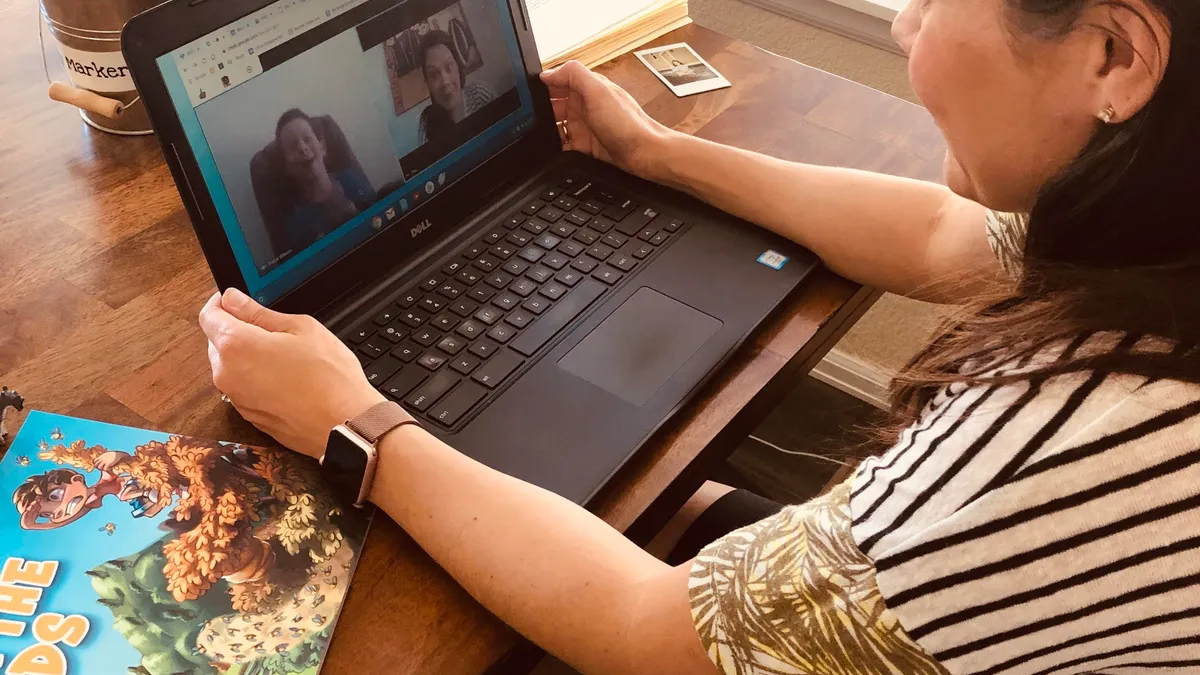Dive Brief:
-
The shift to remote learning makes it difficult for teachers to get a sense of students’ comprehension of the material, Sarah Kesty, a middle school special education teacher, wrote for Edutopia. She suggested rather than trying to decipher students’ understanding of the subjects over remote connections, educators should teach students how to advocate for themselves.
-
Empowering students means giving them tools to ask for help and to then apply that help, using strategies to self-assess — such as thinking out loud and stopping to write down information — so they know whether they are learning.
-
It's also important to give students prompts on how and when to ask for help in live sessions, as well as ways to frame their questions, and to encourage them after they ask by thanking them for the “great question” or telling them they did a good job reaching out for help.
Dive Insight:
Though distance learning has made advocacy important, it’s a skill students will use throughout their lives. And self-advocacy strategies can be especially important for students with disabilities.
Veronica Lewis, a student who has a vision and neurological impairment, wrote in a Perkins School for the Blind eLearning blog how her conditions require that she self-advocate by informing her college professors — and previously her high school teachers — about what she can and cannot see and how they impact her ability to do assignments.
Distance learning has made some of her IEP and Disability Services accommodations irrelevant, but new obstacles have arose. For example, she needs to be able to zoom in on assignments and tests. In an effort to advocate for herself, she sends her professors copies of her Disability Services file and explanations on what type of accommodations she will need.
Knowing how to advocate in this way is a skill that can be developed and honed when students are still in K-12. Teachers can listen to what students are telling them by giving them a say in their own learning. For younger children, this could mean clearly identifying when students can speak up, when rules and plans are non-negotiable, and challenging students' suggestions with questions. Even kindergartners can be engaged to respond with ideas on their own learning when they believe their opinions matter.
Older students can also find their voice through opportunities to advocate for reform on problems that affect them, such as gun violence, housing insecurity and mental health. For example, the Pathways 2 Power initiative — launched by students at Thurgood Marshall Academy in Washington, D.C., after peers were shot and killed in the school's neighborhood — utilizes the concept of action civics, which encourages young people to find their voices and gives students room to mull over issues, come up with solutions and request that teachers listen to their concerns.











